#maria cathedral
Explore tagged Tumblr posts
Text

Main Gate of Our Lady Maria Cathedral in Ribe, southern Jutland, Denmark
Danish vintage postcard
#gate#carte postale#old#ansichtskarte#danish#main#maria cathedral#photo#vintage#postkaart#photography#lady#briefkaart#postkarte#ephemera#postcard#jutland#sepia#southern#denmark#postal#tarjeta#maria#ribe#cathedral#main gate of our#historic
14 notes
·
View notes
Text
"Santa Maria de Toledo Cathedral" Spain
The Cathedral of Saint Mary one of the three 13th century High Gothic cathedrals is Spain.
Construction began in 1226 under the rule of Ferdinand III and the last Gothic contributions were made in the 15th century when, in 1493, the vaults of the central nave were finished during the time of the Catholic Monarchs.
The structure of the building is greatly influenced by the French Gothic style of the 13th century but adapted to Spanish taste.
#light academia#dark academia#classical#academia aesthetic#escapism#academia#books and libraries#classic literature#books#architecture#place#destination#travel#vacation#tourisim#history#historical#building#video#interior#Santa Maria de Toledo Cathedral#spain#gothic#1200s#13th century#Ferdinand III#royal core#cottage core#aesthetic#academic
373 notes
·
View notes
Text

Duomo di Firenze
#duomo di firenze#cattedrale#santa maria del fiore#cathedral#catedral#luna piena#full moon#luna llena#firenze#florence#florencia#toscana#tuscany#italia#italy#europe#europa
227 notes
·
View notes
Text





Most beautiful marble monument 🇮🇹
#santa maria del fiore#florence#4 november#duomo di firenze#florence cathedral#italy#gates of paradise#marble sculpture#cathedral#catholic church#italian architecture#artedit#photography#architecture#gothic architecture#gothic#beautiful#exterios#aesthetic#art detail#art#marble#firenze
46 notes
·
View notes
Text

Florence Cathedral, Florence, Italy: Florence Cathedral, formally the Cathedral of Saint Mary of the Flower, is the cathedral of Florence, Italy. It was begun in 1296 in the Gothic style to a design of Arnolfo di Cambio and was structurally completed by 1436, with the dome engineered by Filippo Brunelleschi. Wikipedia
#Florence Cathedral#Cathedral of Saint Mary of the Flower#Cattedrale di Santa Maria del Fiore#Florence#Catholic Archdiocese of Florenc#Tuscany#Italy#europe
108 notes
·
View notes
Text
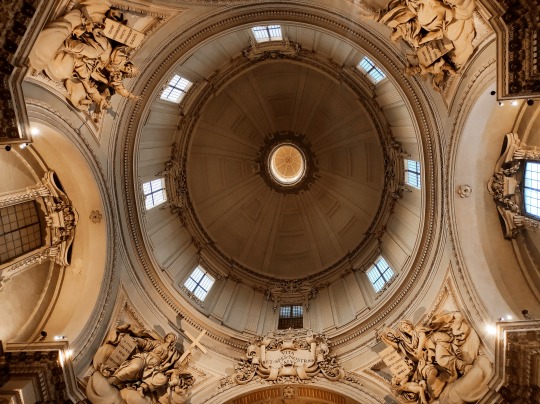

...Bright and glorious is that revelation, / Written all over this great world of ours; / Making evident our own creation, / In these stars of earth, these golden flowers...
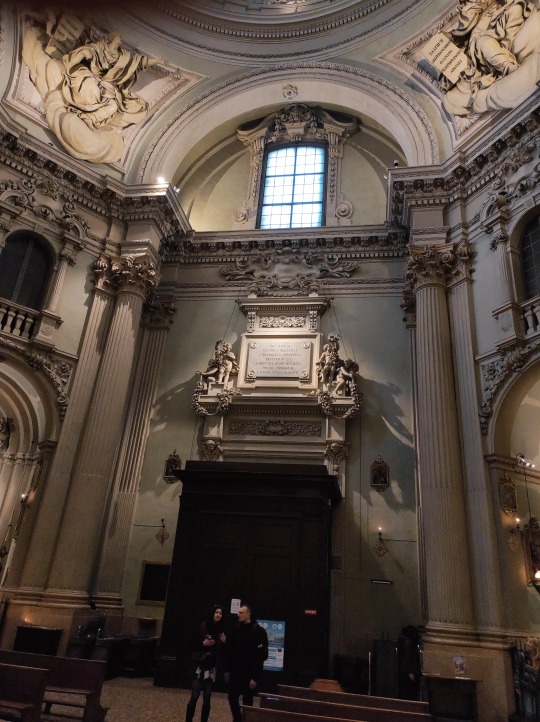
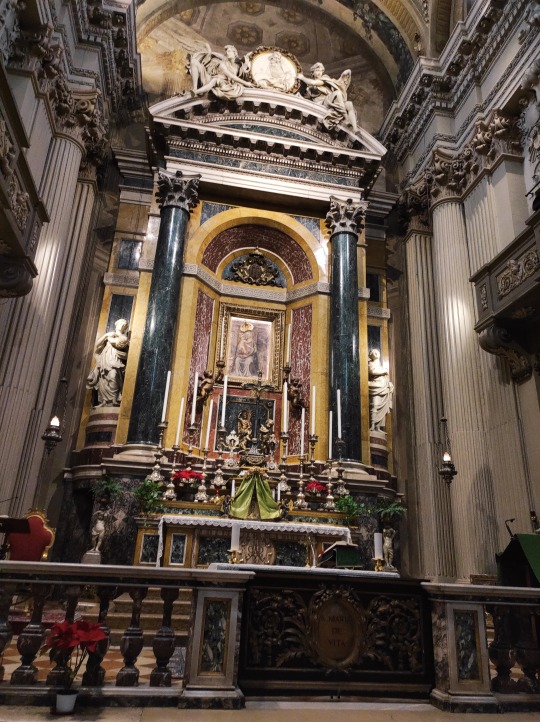
... Brilliant hopes, all woven in gorgeous tissues, / Flaunting gayly in the golden light; / Large desires, with most uncertain issues, / Tender wishes, blossoming at night!...

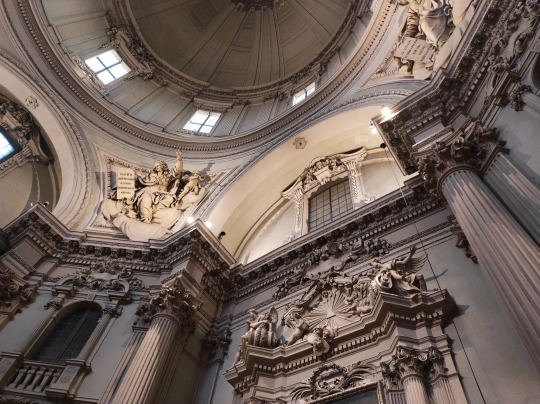
...Not alone in her vast dome of glory, / Not on graves of bird and beast alone, / But in old cathedrals, high and hoary, / On the tombs of heroes, carved in stone...

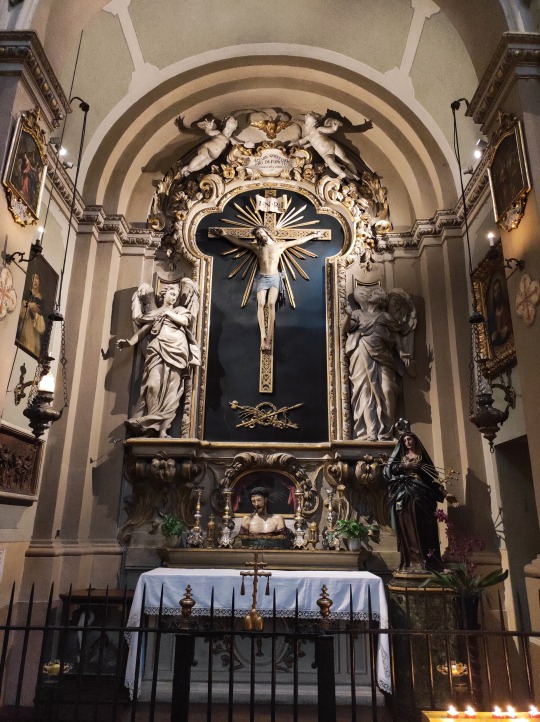
Maria della Vitta Cathedral // Bologna // Italy Flowers // Henry Wadsworth Longfellow
#academia#art aesthetic#classic academia#dark academia#art academia#classic academia aesthetic#dark academia aesthetic#art academia aesthetic#art#light acadamia aesthetic#chaotic academia#academia aesthetic#castle aesthetic#castle photography#arhitecture aesthetic#architecture#architecture aesthetic#art history#light academia#cathedral#baroque architecture#italian architecture#italy#baroque aesthetic#baroque#maria della vitta#bologna
73 notes
·
View notes
Text


Grand Duke Henri of Luxembourg, Grand Duchess Maria Teresa of Luxembourg and The Prince of Wales attend the reopening of Notre-Dame of Paris Cathedral in Paris, France -December 7th 2024.
#prince william#prince of wales#british royal family#england#grand duke henri#grand duchess maria teresa#grand ducal family of luxembourg#luxembourg#2024#december 2024#notre dame#reopening of notre dame of paris cathedral#paris#paris 2024#france#france 2024#the wales#my edit
20 notes
·
View notes
Text

santa maria della vittoria in rome, italy ⋅ ph. samuelrufini
#samuelrufini#santa maria della vittoria#rome#italy#europe#church#cathedral#architect#architecture#beauty#inspo#inspiration#inspire#detail#details#sculpture#ornate#art#artist#fresco#paint#painting#mural#gold#golden#opulence#luxury#angel#insta#instagram
88 notes
·
View notes
Text

Coronation of Tsar Alexander III and Empress Maria Fyodorovna of Russia, 1883
Artist: Georges Becker (French, 1846–1909
Date: 1888
Medium: Oil on canvas
Collection: Hermitage Museum, Saint Petersburg, Russia
Description
In 1881, Tsar Alexander II (1818-1881) died of injuries sustained in an assassination attempt, leaving the Russian throne to his second-eldest son, Alexander III (1845-94). The coronation of the new monarch and his consort, Empress Maria Fyodorovna (1847-1928), took place two years later on May 27 (May 15, Old Style), 1883 at the Assumption Cathedral of the Moscow Kremlin.
#painting#coronation ceremony#interior#assumption cathedral#moscow kremlin#russian culture#russian empire#russian history#balcony#men#women#costume#royal throne#tsar alexander iii#empress maria fyodorovna#george becker#french painter#french art#fine art#oil on canvas#oil painting#artwork#european art#19th century painting
16 notes
·
View notes
Text

Florence, October 2023
X
#cattedrale di santa maria del fiore#florence#firenze#italy#italia#europe#duomo di firenze#history#architecture#photography#vacation#travel#cathedral#latenightsushi
45 notes
·
View notes
Text

Igreja de Santa Maria de Belém
#Igreja de Santa Maria de Belém#lisbon#belem#photographers on tumblr#original photographers#portugal#interior#architecture#church#igreja#cathedral
9 notes
·
View notes
Text

So I watched Disney's Hunchback of Notre Dame last night and I had a thought.
Notre Dame being one of the most famous cathedrals in the world, I'm curious if Nocturne is going to adhere to the rule of vampires not being able to set foot on holy ground and if so, will Notre Dame Cathdral will be used as a point of sanctuary for our heroes at some point?
Castlevania vampires burn in sunlight and fear the Cross, but the animated series is pretty vague on whether or not consecrated ground or a house of worship is off limits. We see the Night Creatures are able to enter the Gresit Cathedral easily enough (among other chapel settings in multiple games,) but Alucard confirms they are unaffected by sunlight in Season 4, showing they don't have the same limitations as vampires. Trevor also makes a joke about catching fire since he's an excommunicate, so the idea of someone 'unholy' going up in flames within a church is not unheard of here.
In Season 2, the vampires all question whether or not running water will harm them. This is revisited in the final battle when the undead Bishop blesses the Danube. (Which...is that still holding up? Is the second longest river in Europe completely impassable to vampires?)
As far as I've personally seen, the anime Shiki is the only series I can think of that addresses the holy ground rule, so I think it would be interesting if Nocturne made use of that lore. Plus, it would be reminiscent of the games' save rooms, which are often small chapels or confessionals where the enemy can't follow the player.
That said, there's no real guarantee if Notre Dame or any other specific church or cathedral will make an appearance in the narrative. Actually, I'm almost positive the building the above gif is supposed to be the Palace of Versailles, home of the French court. Which seems to have been overrun by vampires, so...really wanting to know what happened there if that's the case.

Palace of Versailles

Aside from some of the windows...Versailles, maybe?
The original series used real locations present day Romania like Târgoviște, Brăila, Lindenfeld, Dănești, and Argeș, so I wouldn't be surprised if Nocturne followed that pattern with the Palace of Versailles, Paris, and maybe Notre Dame.
#castlevania#richter belmont#annette#maria#castlevania nocturne#predictions for nocturne#castlevania netflix#disney hunchback of notre dame#notre dame cathedral#palace of versailles#medieval romania#france
65 notes
·
View notes
Text

Picture: Z954
Place: Florence, Italy
Date: July 2021
#Art#Kunst#Leica#M3#Foto#Fotografie#Photography#analog#monochrome#Florence#Florenz#Italien#Italy#Summer#Sommer#July#Juli#2021#Stadt#City#Roofs#Dächer#Kathedralen#Cathedrals#Kuppeln#Cupolas#Santa Maria del Fiore#San Lorenzo#Palazzo Vecchio#photographers on tumblr
10 notes
·
View notes
Text
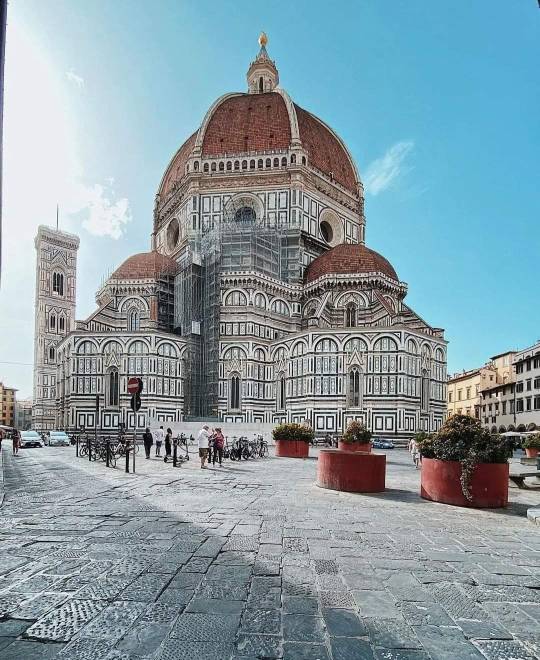
SANTA MARIA DEL FIORE
#santa maria del fiore#cattedrale#cathedral#catedral#duomo di firenze#firenze#florence#florencia#toscana#tuscany#italia#italy#europe#europa
403 notes
·
View notes
Text

💥
#florence#santa maria del fiore#happy new year#2025#merry christmas#italy#firenze#christmas tree#holiday#italian cathedral#duomo di firenze#cattedrale santa maria del fiore#gothic cathedral#night#christmas#photography#gothic architecture#florence cathedral#beautiful
10 notes
·
View notes
Text
NervousOtaku thrills and enchants with this barreling, careening short story that dares to pose the question: What if Karl Heisenberg came to Yharnam?
This piece follows the village lord as he gains unlikely allies and unravels the mysteries and horrors of the beast-ridden city and the lands beyond.
I highly recommend this story. Read your fill of this nine-chapter epic and send some love in NervousOtaku's direction!
#bloodborne#resident evil village#resident evil 8#re8#crossover fanfiction#fanfiction#fanfiction recommendation#Matricidal Metallurgist#NervousOtaku#father gascoigne#lady maria#I'm tagging the characters I feel took center stage at certain points#Cathedral Edict#karl heisenberg
7 notes
·
View notes